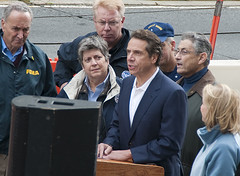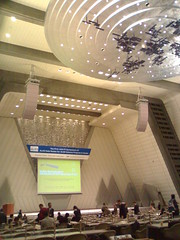This year has soared by, and we would like to thank all of our friends, old and new and our followers and co-bloggers for your support for our group and for your commitment to the green movement. We wish you all a Happy New Year.
As we move forward to a new year, we know that it is important that we renew our commitment to protect the environment and the green movement so that we can live green and healthy lives. As we face the fiscal cliff, we are aware of the uncertainty of the continuation of some of the successes that we have already achieved. There is a chance that we may lose some gains in the area of alternative energy (wind and solar energy) , and we may see decreased financial support for our national parks and forests. However, we will not be deterred. We will start the new year out maintaining our personal commitment to live green by continuing our routine habits of recycling, living healthier, eating healthy diets, supporting local eateries and local farmers, and taking all the steps we can to reduce our carbon footprint.
We also must remain mindful of the eco-cliff. As bad as financial debt is, environmental debt is worse. Our legacy to our children must take into consideration the state of the environment. There is no value in a country with a balanced budget but with polluted air, depleted natural resources and lack of fresh water. Failure to deal with the looming eco-cliff will hurt the U.S. economy, plus the lives of billions of people around the world. In this new year, we must keep environmental issues in the forefront of discussion, policy and legislation.
During the next year, we would like to focus more on policies and legislation regarding green issues. Our goal here is to keep you abreast of pending legislation in different jurisdictions on issues important to the green movement. We would like to bring notice to our representatives in Congress who support green initiatives, as well as those who consistently thwart our efforts. This past election year proved costly to “flat earthers” and others who doubted or totally denied the existence of climate change and its impact on global warming. We owe our thanks especially to the efforts of the League of Conservation Voters and Momsrising.org for their tenacity and relentless determination to bring climate change doubters to task and block their reelection. We must continue with this effort, and LGBG wants to concentrate time and effort into lobbying our Congress and local public officials in this regard.
We here at LGBG are excited and energized about our work for the new year. We will continue to research and learn, share and educate and do all that we can to protect our environment so that we all can live green, be green.
Source for this article:
http://ecopreneurist.com/2012/12/29/the-eco-cliff-and-the-fiscal-cliff/
Credit : Ecopreneurist









